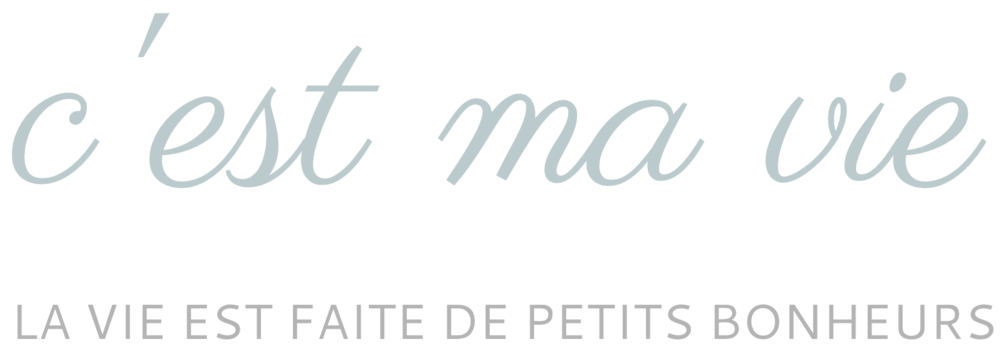
July 2, 2015 {183/365} Penn's Landing
"Education is all a matter of building bridges." ~ Ralph Ellison
This photo, taken from our hotel room at Penn's Landing, is an excellent metaphor for my learning at ISTE 2015
First, it is expansive, yet there are signals and markers to help navigate as we explore. The Philadelphia Convention Center is huge! We walked several miles each day traveling from session to session and exploring the expo halls. One of the presenters equated the conference to a buffet: You can't consume everything. It's best to sample, go back for more until your are full. I had a taste of the SAMR Model as it relates to blended learning. I sampled a smorgasbord of tech tools before focusing on specific tools for assessment. I was served with several ideas for engaging teachers in professional development while continuously focusing on my own learning. I even had fun manipulating images and creating art with my iPad. Without navigators like the ISTE mobile app and volunteers holding up "Ask Me" signs, I could have easily been lost in a sea of edtech and overwhelmed by information overload.
At Penn's Landing, a solid foundation and good construction has allowed these old building to retain their integrity while evolving to suit contemporary tastes and requirements. So too, has education evolved. A strong pedagogic foundation, focusing on inquiry, critical thinking, and student engagement, allows learners to personalize their educational experiences with a variety of tech tools in alternative teaching and learning environments.
The goal is not to teach technology, but rather to use online tools and devices to build the bridge between content standards and student engagement/achievement. The presenters and attendees at the ISTE Conference recognize that technology integration is not a destination. Technology provides a connection between traditional learning and the real world as well as among learners across the globe.
The boats in this harbor are safely moored for now, yet as John Shedd famously said at the turn of the 20th Century, "A ship is safe in harbor, but that's not what ships are for." We must not become complacent in our learning. Even when we've worked hard to make it to our destination, we must continue to questions what more there is to learn. The tools will continue to evolve too, making further exploration more convenient, more enticing, and more challenging. After celebrating our accomplishments (and recovering from this conference), we must pull up our anchors and continue on our journey of life-long learning and discovery.
